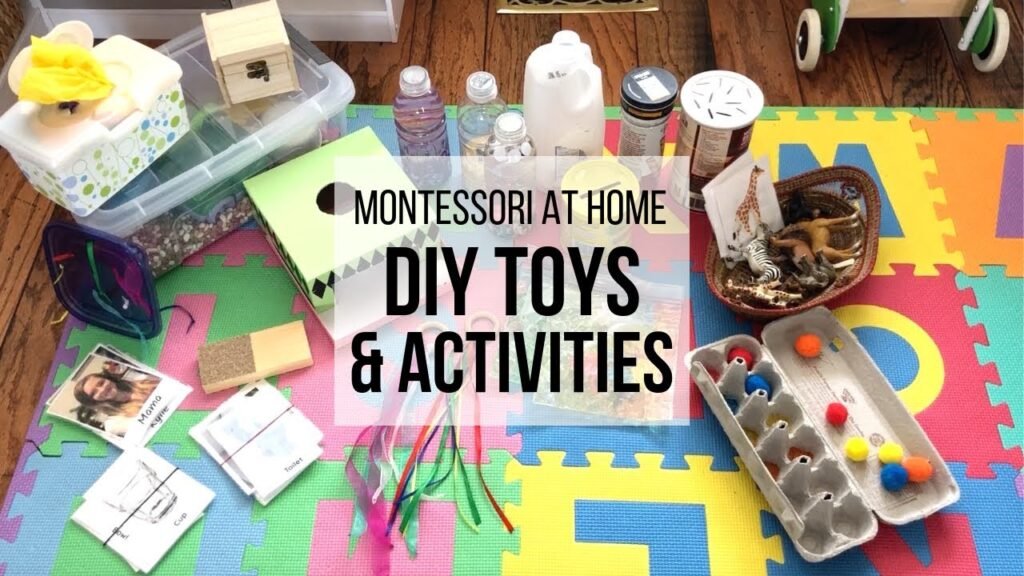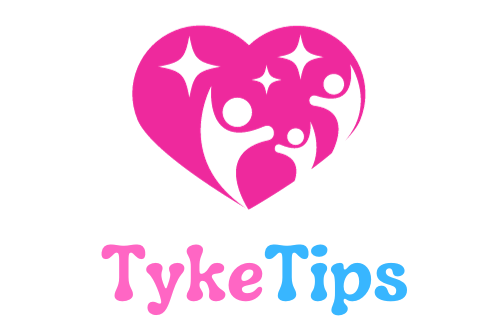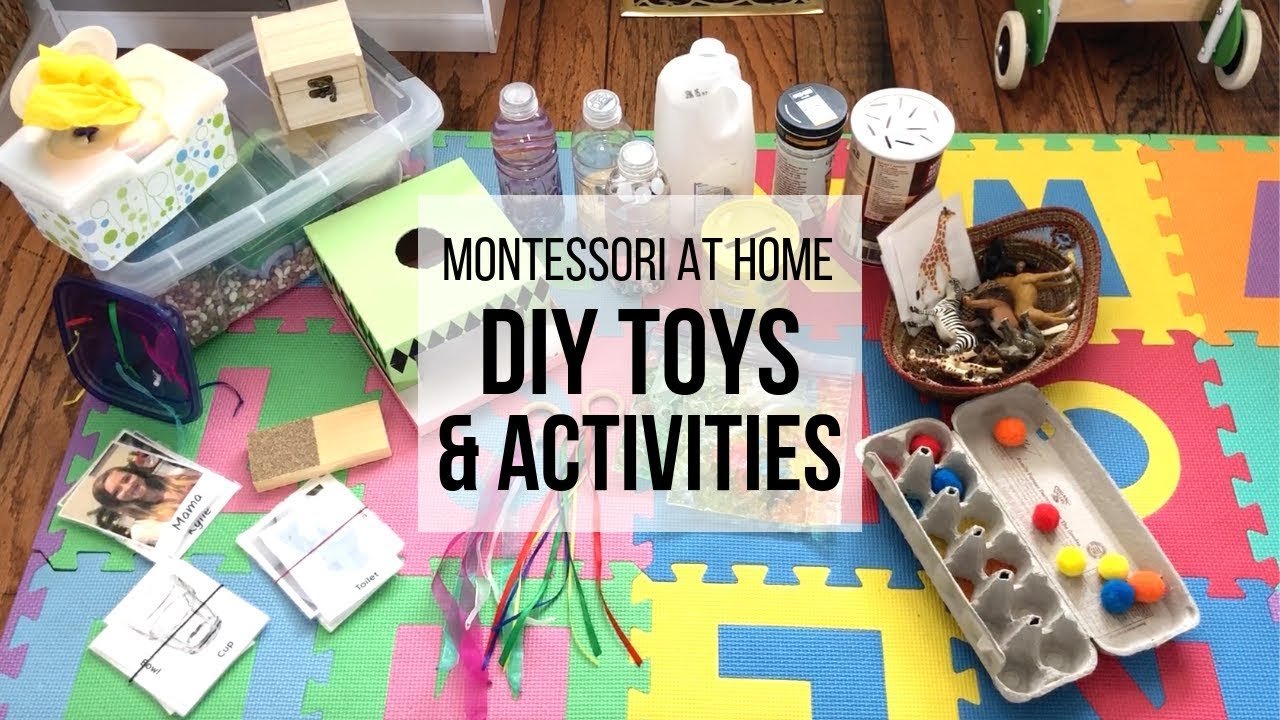If you’re looking for creative ways to keep your Montessori baby or toddler engaged at home, look no further! In this informative video by Hapa Family, Ashley shares a variety of simple and budget-friendly DIY toys and activities that you can make using recycled materials and items from the dollar or craft store. From sensory bins to educational games, there are plenty of ideas to inspire you to create a stimulating environment for your little one.
Whether you’re a seasoned Montessori parent or just starting out, these DIY projects offer a fun and hands-on approach to learning and play. By incorporating these homemade toys into your child’s daily routine, you can nurture their curiosity and development while fostering a sense of independence and creativity. Get ready to unleash your inner DIY guru and provide your little one with a Montessori-inspired space that encourages exploration and growth.
Introduction
Overview of DIY Montessori Toys for Babies & Toddlers
If you’re looking for engaging and educational activities for your little ones, DIY Montessori toys are a fantastic option. These toys are designed to promote learning through play and encourage child development. In this comprehensive guide, we will explore various DIY Montessori toys that you can easily create at home using simple materials. From sensory bottles to shape sorters, there are numerous options to keep your baby or toddler entertained while fostering their cognitive and sensory skills.
1. Sensory Bottles
Materials needed: bottle, rice, beads, water
Sensory bottles are a great way to stimulate your baby’s senses and provide them with a calming and engaging activity. To make a sensory bottle, all you need is an empty bottle, rice, beads, and water. Simply fill the bottle with a combination of rice and beads, add some water, and secure the lid tightly. These bottles can be shaken, rolled, and explored by your little one, offering visual and auditory stimulation.
Benefits of sensory bottles for babies and toddlers
Sensory bottles are excellent for promoting sensory exploration and encouraging hand-eye coordination in infants and toddlers. They can also provide a soothing effect and help babies focus their attention, making them perfect for relaxation and quiet time. Additionally, sensory bottles can aid in cognitive development by engaging multiple senses simultaneously, promoting learning through touch, sound, and sight.
2. Object Permanence Box
Materials needed: box, ball, scarf
The object permanence box is a classic Montessori toy that teaches infants about object permanence and spatial awareness. To create your own object permanence box, gather a small box, a ball, and a scarf. Cut a hole in the box large enough for the ball to fit through, cover the box with the scarf, and place the ball inside. This activity will challenge your child to understand that objects exist even when they are out of sight.
Importance of object permanence for child development
Object permanence is a crucial concept in cognitive development as it helps babies understand that objects continue to exist even when they are not visible. By engaging with an object permanence box, infants can strengthen their memory and problem-solving skills, laying the foundation for future cognitive abilities such as decision-making and critical thinking.

3. Quiet Book
Materials needed: felt, sewing kit, buttons, zippers
Quiet books are interactive and tactile books designed to keep toddlers engaged and learning while improving their fine motor skills. To create a DIY quiet book, gather some felt, a sewing kit, buttons, and zippers. Cut out felt shapes, sew them onto felt pages, and add buttons and zippers for extra sensory elements. Quiet books are versatile, portable, and offer endless opportunities for creative and educational play.
Educational benefits of quiet books for toddlers
Quiet books are excellent for promoting fine motor skills, hand-eye coordination, and cognitive development in toddlers. By engaging with different textures, shapes, and activities within the book, children can enhance their sensory perception and problem-solving abilities. Quiet books also encourage independent play and focus, making them ideal for quiet and educational entertainment.
4. Shape Sorter
Materials needed: cardboard box, different shapes, paint
Shape sorters are a classic toy that teaches babies about shapes, colors, and spatial relationships. To make a DIY shape sorter, gather a cardboard box, cut out holes of different shapes on the lid, and paint the box in vibrant colors. Provide your child with various shapes to sort into the corresponding holes, promoting hand-eye coordination and shape recognition skills.
Developmental advantages of shape sorters for babies
Shape sorters are beneficial for developing cognitive skills, fine motor skills, and problem-solving abilities in infants. By engaging with the different shapes and holes, babies can enhance their understanding of spatial relationships, improve their grip and dexterity, and learn fundamental concepts such as matching and sorting. Shape sorters also encourage concentration and perseverance, fostering a sense of accomplishment in young children.
5. Texture Board
Materials needed: wooden board, sandpaper, fabric, sponge
Texture boards are sensory-rich activities that allow infants to explore various textures and materials through touch. To create a texture board, gather a wooden board and attach different textures such as sandpaper, fabric, and sponge to its surface. Babies can run their fingers over the textures, stimulating their sensory receptors and enhancing their tactile awareness.
Sensory benefits of texture boards for infants
Texture boards are essential for promoting sensory exploration, tactile differentiation, and fine motor development in infants. By engaging with different textures, babies can refine their sense of touch, improve their ability to distinguish between various materials, and develop sensory processing skills. Texture boards also encourage sensory integration, helping infants make sense of the world around them through tactile experiences.
6. Treasure Basket
Materials needed: basket, various safe objects, fabric scraps
Treasure baskets are open-ended play resources filled with safe and interesting items for infants to explore using their senses. To create a treasure basket, gather a basket, fill it with various safe objects of different shapes, sizes, and textures, and add fabric scraps for sensory stimulation. Allow your child to freely explore the contents of the basket, encouraging curiosity and sensory exploration.
Importance of open-ended play with treasure baskets
Treasure baskets are fantastic for promoting open-ended play, creativity, and sensory development in infants. By providing a variety of objects for exploration, treasure baskets encourage babies to engage in self-directed play, sparking their curiosity and imagination. Open-ended play with treasure baskets also enhances infants’ sensory perception, cognitive abilities, and social-emotional skills, fostering holistic development through hands-on exploration.
7. Rainbow Rice Bin
Materials needed: colored rice, bin, scoops, containers
Rainbow rice sensory bins are colorful and engaging activities that promote sensory exploration and imaginative play in toddlers. To set up a rainbow rice bin, dye rice in various colors, place it in a bin, and provide scoops and containers for play. Toddlers can scoop, pour, and manipulate the rice, engaging their senses and creativity in a vibrant sensory experience.
Benefits of sensory play with rainbow rice for toddlers
Sensory play with rainbow rice offers numerous benefits for toddlers, including sensory stimulation, fine motor development, and cognitive growth. By engaging with different textures and colors, toddlers can enhance their sensory awareness, improve hand-eye coordination, and develop cognitive skills such as sorting and counting. Sensory play with rainbow rice also encourages creativity, exploration, and imaginative play, making it a fun and educational activity for young children.
8. Montessori Inspired Mobiles
Materials needed: dowels, felt balls, string
Montessori inspired mobiles are visual stimuli designed to capture babies’ attention and promote visual tracking skills. To make Montessori inspired mobiles, gather dowels, felt balls in contrasting colors, and string. Hang the felt balls from the dowels at varying heights, creating a visually stimulating mobile that encourages babies to focus their gaze and track moving objects.
Impact of mobiles on visual tracking skills of babies
Montessori inspired mobiles are essential for stimulating babies’ visual tracking skills, depth perception, and concentration. By presenting contrasting colors and dangling objects, mobiles encourage babies to focus on and track the moving elements, strengthening their eye muscles and visual coordination. Mobiles also support visual development and attention span, contributing to cognitive growth and sensory awareness in infants.
Conclusion
Summary of the benefits of DIY Montessori toys for babies & toddlers
In conclusion, DIY Montessori toys offer a host of benefits for babies and toddlers, promoting sensory exploration, cognitive development, and creative play. From sensory bottles to shape sorters and quiet books, these toys provide engaging and educational experiences that enhance various aspects of child development. By creating DIY Montessori toys at home, you can offer your little ones opportunities to learn, grow, and thrive through hands-on and interactive play.
Encouragement to explore more creative DIY toy ideas for child development
As you embark on your DIY Montessori toy-making journey, don’t be afraid to get creative and experiment with different materials and activities. Encourage your child to explore, discover, and engage with the world around them through playful experiences that promote learning and development. By incorporating DIY Montessori toys into your child’s playtime routine, you can foster a love for learning, creativity, and exploration that will benefit them for years to come. Enjoy the process of creating and playing with DIY Montessori toys, and watch your child thrive in a world of hands-on learning and discovery.

